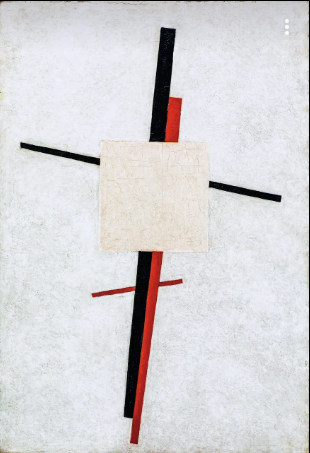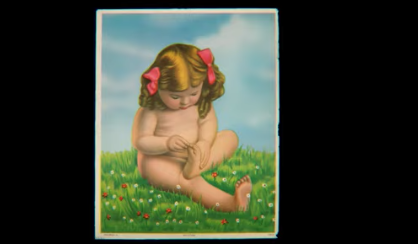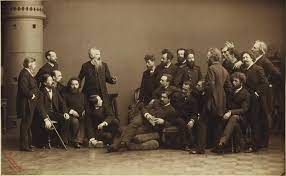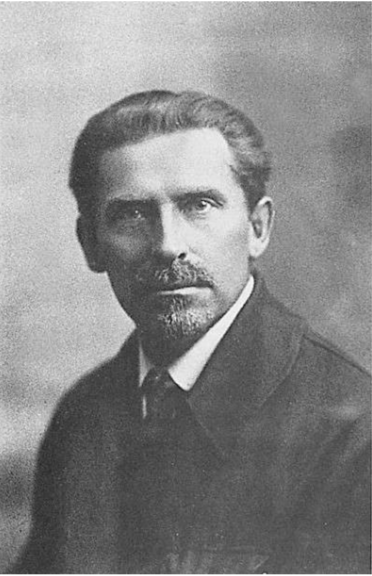Category: Art
-
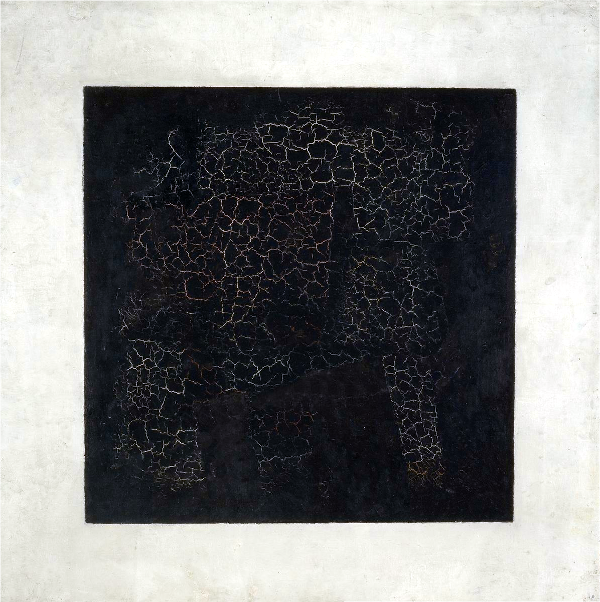
Principles of Kazimir Malevich’s Suprematism Philosophy
Suprematist art, specially drawn in out-of-proportion size with the art concept, was a small standing mirror in which the materialistic men of a materialistic century could look at themselves…Suprematism presented to the Russian people the greatest aspects of non-objectivity in art and by so doing, open the way to a deeper understanding of art. Malevich…
-
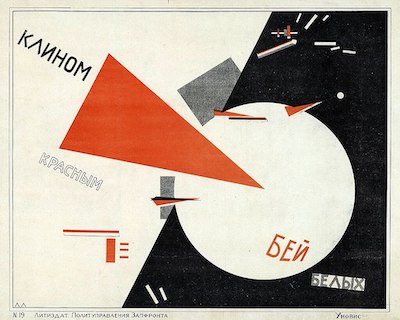
Unveiling the Transcendent Beauty: Malevich and the Russian Avant-Garde
Unveiling the Transcendent Beauty Introduction: Entering the realm of Kazimir Malevich and the Russian Avant-Garde is akin to embarking on a spiritual odyssey of artistic revelation. As an impassioned collector deeply enamored by Malevich’s oeuvre, one finds oneself irresistibly drawn to the ineffable allure and profound philosophical depths that characterize each stroke of his brush.…
-
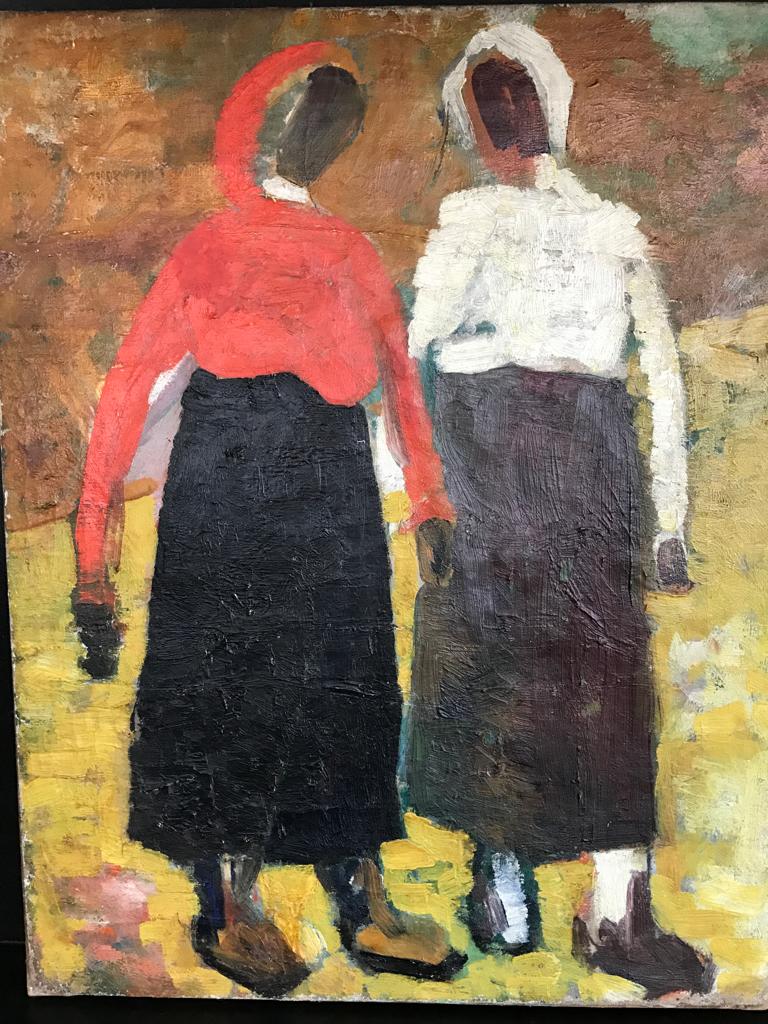
Kazimir Malevich “Two Peasants” 1929-1930
Kazimir Malevich’s “Two Peasants” is a significant piece from his later period, showcasing his exploration of form and color within his distinctive style of Suprematism. Painted in 1929-1930, it reflects Malevich’s continued interest in geometric abstraction and the reduction of forms to their essential components. In “Two Peasants,” Malevich presents two figures in a simplified,…
-
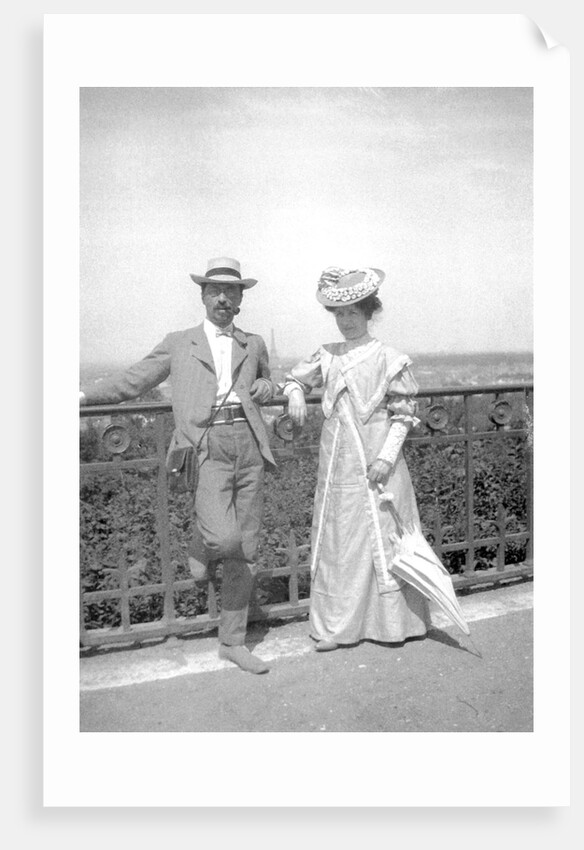
Wassily Kandinsky and Gabrielle Münter
Wassily Kandinsky and Gabriele Münter’s love story is a captivating tale of art, passion, and creativity. Kandinsky, renowned as the father of abstractionism, found a kindred spirit in Münter, a talented German artist. Despite Kandinsky’s official marriages, his bond with Münter blossomed into a 12-year companionship marked by mutual artistic inspiration and deep affection. Münter’s…
-

The Rooster – Roberto Fabelo
“De madrugada al rocío” = “From dawn to dew” The rich imagination of Cuban artist Roberto Fabelo is brilliantly expressed in this large canvas, featuring one of his totemic animals, the rooster. In this painting titled “De madrugada al rocío” (2009), two children ride a huge rooster whose colorful plumage shines against an intensely lit…
-
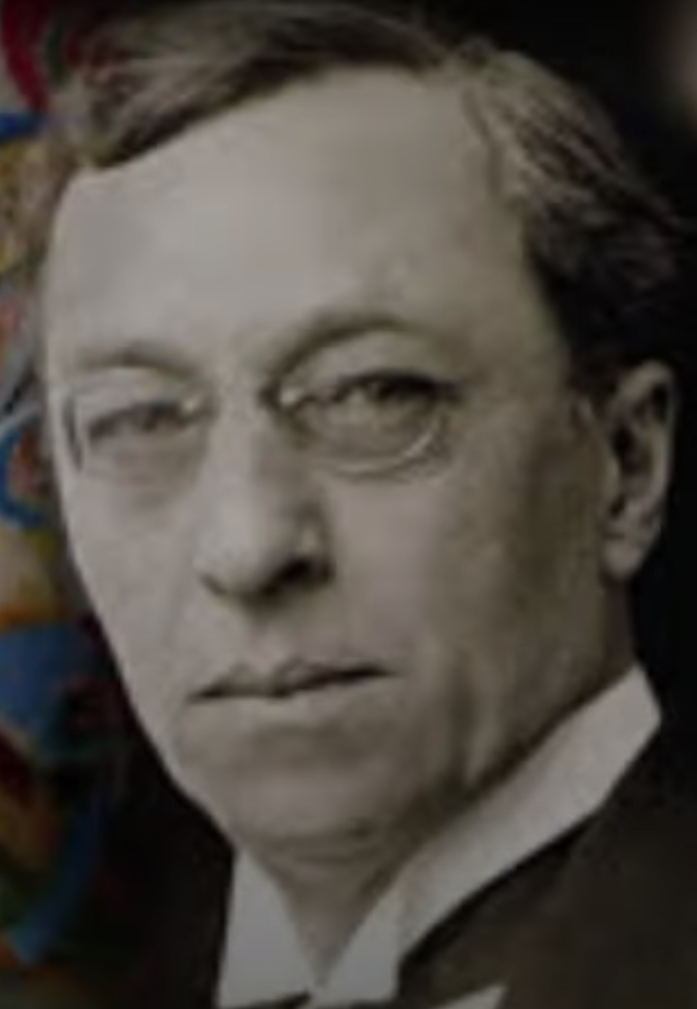
Wassily Kandinsky – Who was he?
Wassily Kandinsky, a trailblazer in the realm of abstract modern art, crafted paintings that intricately explored the interaction between color and form to evoke emotional responses and captivate audiences. He advocated for complete abstraction as a powerful vehicle for profound expression, steering away from direct depictions of the natural world. Kandinsky’s artistic progression unfolded through…

